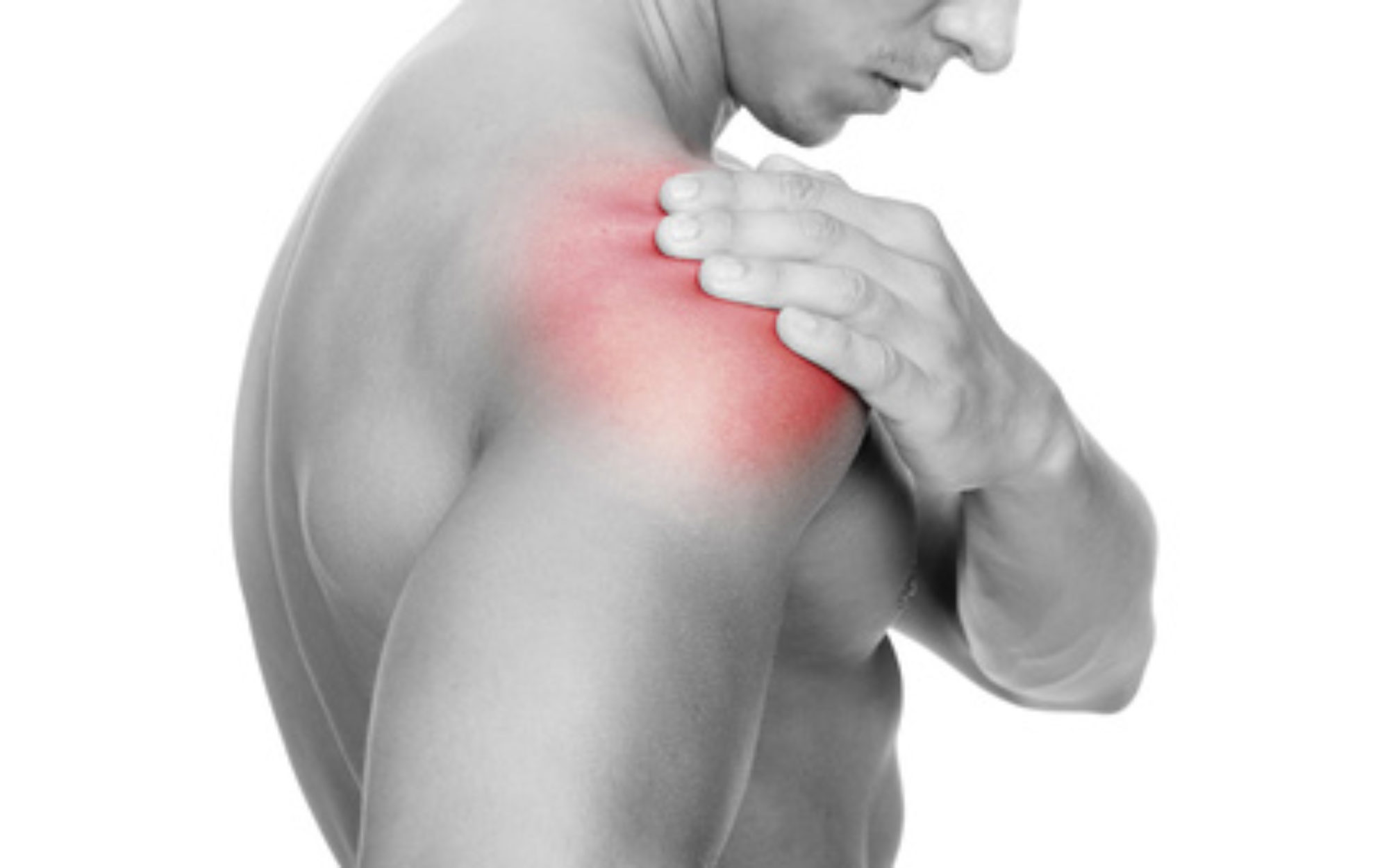What is Frozen Shoulder?
Frozen Shoulder (adhesive capsulitis) is a debilitating condition that causes acute shoulder pain and gradually increasing stiffness and loss of function. The pain and stiffness is caused by inflammation and thickening of the shoulder joint capsule and ligaments.The ligaments normally stabilize the shoulder but when inflamed and thickened, can cause severe pain on rapid movement and restrict movement in all directions. This makes it impossible for ladies to reach their bra strap with the affected arm. The shoulder pains begin slowly until there is significant loss of motion in the shoulder.
Typically the course of frozen shoulder lasts about 18-24 months . Rarely it can last up to 3 years. Frozen shoulder occurs in 3 overlapping stages:
- Painful stage – The patient develops a slow onset of pain. As the pain worsens, the shoulder starts to lose motion.
- Frozen stage – The patient experiences a slow improvement in pain, but the stiffness remains.
- Thawing stage – the patient slowly regains motion of their shoulder.


Causes of Frozen Shoulder:
Scientists are not sure what causes Frozen Shoulder. Frozen shoulder is common in patients who recently had to immobilize their shoulder for a long period after trauma, such as a shoulder fracture or surgery. Frozen shoulder without trauma is more frequently seen in middle aged women and patients with diabetes.
Other associations are:
- Thyroid disorders
- Diabetes
- Heart Disease
- Parkinson’s Disease
Frozen Shoulder symptoms
Frozen Shoulder may cause pain and sufferers have the following symptoms:
- Dull, aching Pain
- Sleep disturbance and deprivation
- Severe sharp pain with rapid movement (eg. trying to catch mobile phone)
- Difficulty with activities of daily living (eg. dressing, driving and personal care)
- Lack of movement in all directions, particularly External Rotation

Diagnosis of Frozen Shoulder
Diagnostic methods include:
Consultation – During this consultation Dr Watson will:
- take a medical history: concentrating on pain, disability, treatments and associated medical conditions.
- perform a physical examination: documenting shoulder range of motion and strength.
Imaging tests –
- X-rays – Dense structures, such as bone, show up clearly on x-rays. The X-rays in non-traumatic frozen shoulder are usually normal. X-rays help exclude arthritis or other causes of shoulder pain and stiffnessi
- Ultrasound – can show the state of the rotator cuff tendons. Intact tendons in the setting of severe restriction in movement suggests frozen shoulder.
- MRI scans: are generally not required, reserved only for unusual cases.

MRI scan showing thickened (5mm) inferior capsule (normally 1mm).
- While not all of these approaches or tests are required to confirm the diagnosis, this diagnostic process will also allow Dr Watson to review any possible risks or existing conditions that could interfere with recovery.
Treatment for Frozen Shoulder
Nonsurgical treatments can include:
Frozen shoulder generally improves over time, however it can take up to 3 years. With the favourable natural history of frozen shoulder being recovery of a pain-free functional shoulder, treatment is generally non-operative. Treatment includes:
- Pain management: analgesics, Non-steroidal anti-inflammatory medication and image- guided Steroid injections into the ball and socket joint. An attempt to distend the shoulder joint with water (hydrodistension) can be combined with the steroid injection.
- Minimising stiffness: Movement should be maintained with stretches while in the shower daily in all planes. Painful stretching should be avoided as this has been shown to increase the duration of the painful phase and lengthen the time to resolution.
- Maintaining strength: Patients should maintain functional use and strength within the pain-free safe zone of movement.
Frozen Shoulder Surgery
Surgery for frozen shoulder is rarely required. It is more common in post-traumatic frozen shoulder that has not resolved within expected timeframes. The surgery involves cutting the tight ligaments and capsule and remove the scar tissue from the affected shoulder.
It can be performed with an arthroscope (keyhole). The primary advantage of arthroscopic technique is greater access to the front and back of joints without damage to normal structures.


